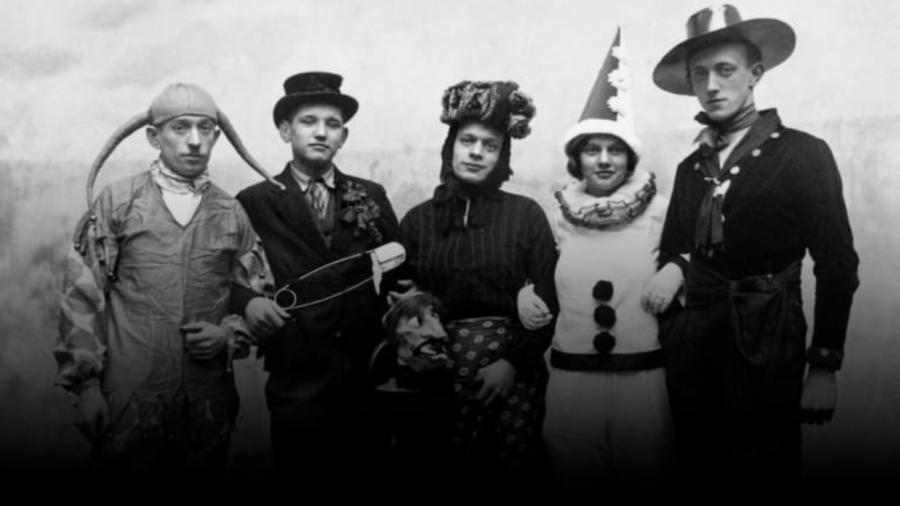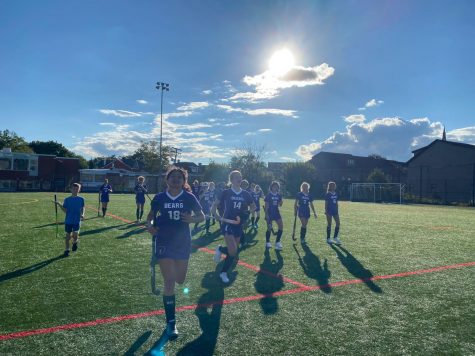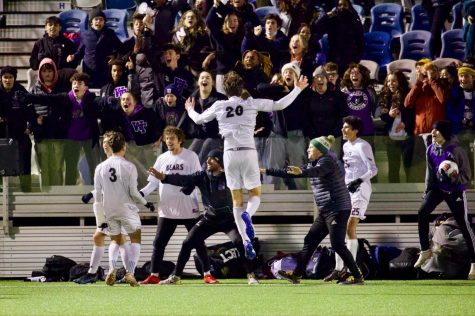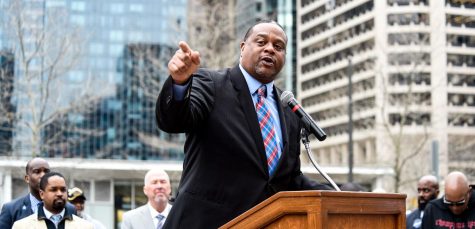History of Halloween Costumes
Last year, with Covid cases rising, Halloween costumes and trick-or-treating were not in the front of any of our minds. With the added security of vaccines, we are now given the chance to show over a year’s worth of pop-culture references through the art of costume. But was October 31st always about costumes? And how has it changed over time?
Origins of Halloween
The origins of Halloween, as we celebrate it in America, are deeply rooted in medieval Celtic traditions. The Celts believed that the souls of the dead visited the living on the last day of October. The Celts held a festival to honor these souls and they called it Samhain (pronounced sow-when). The festival also represented the beginning of winter and the start of the new year. A tradition during Samhain was to dress up in costumes and share treats and food with the wandering spirits. The Celts believed that those who were without costumes could be possessed by the visiting dead. This was the first historical instance of “costuming” in relation to what we now know as Halloween.

As Christianity spread across Europe and the world, cultures collided, and the festival of Samhain inspired All Saints’ Day, a celebration of all the saints of the church. All Saints’ Day was celebrated on November 1st under the name All Hallow Mass, and the day before was referred to as All Hallow’s Eve, which was then shortened to Hall’o’een.
In the 17th century, children dressed in costumes made out of animal skin or straw, called Skeklers, as they visited houses while dancing and singing and begging for gifts. This tradition was called guising, and was an early form of modern “trick-or-treating.” There were also similar rituals all across Ireland and Great Britain. These rituals provided the framework for Victorian Halloween festivities.
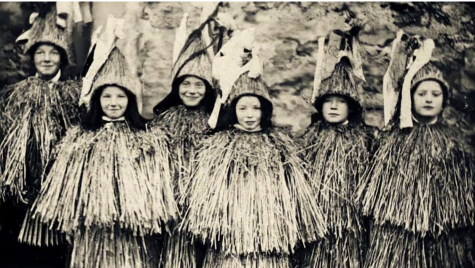
In America, celebrations were limited largely because of religious groups that believed that these holidays spread the ideas of Satan, and therefore discouraged the celebration of these holidays. It wasn’t until the mid-1850s, when a huge wave of Irish Immigrants came to escape the Potato Famine, that Halloween started to take root in America. The Americans who did celebrate at this time were heavily influenced and inspired by the Robert Burns poem called “Halloween” that was published in 1786. The poem contained footnotes on how to throw a Halloween party in rural Scotland, and Victorians mimicked those guidelines to throw their own parties in America. Unlike the modern celebration of the holiday, the Victorians’ Halloween held a lot of romantic implications, and was celebrated mainly among adults. These Victorian Halloween parties had the intention of matchmaking guests. Because of this, many Halloween stores pushed love related themes and matchmaking games and some party hosts would encourage guests to dress in costumes.
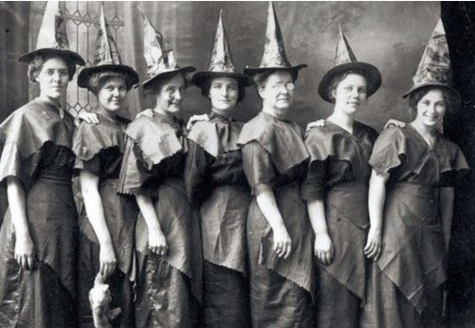
In the early 20th century, Halloween started to transform, and new traditions arose such as townwide Halloween parades and children being the center of the celebrations. Clowns, witches, devils, and ghosts continued to be popular Halloween costumes. Many costumes were made of crepe paper. This was because The Dennison Manufacturing Company began publishing an annual series of Bogie Books starting from 1909. These books demonstrated how to use crepe paper to make homemade Halloween costumes and decorations.
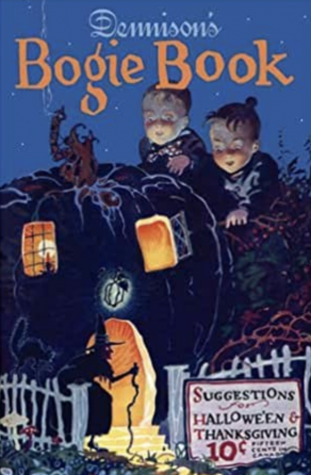
During the 1920s the slip over was the most popular kind of costume because it was so simple and inexpensive to make. The slip over was a straight slip of crepe paper cut out at the neck and hanging straight down the front and the back. It is noted that the slip over examples from the Bogie Books look way more elaborate and embellished than just a sheet over the head. Most families wore simpler costumes. Additionally, paper masks were a common Halloween costume, and were often homemade by cutting paper into the shape of a face and then painting it.
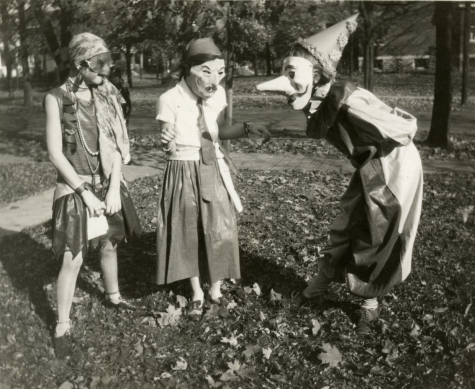
Sadly, there were many racist and colonial beliefs that led to costumes like blackface, redface, brownface, and yellowface: these costumes were and still are about establishing White supremacy through making fun of people of color. These depictions were only funny to white audiences, and were harmful, demeaning, and insulting to the victims. In the early 20th century, minstrel shows were incredibly popular, and blackface was used as a popular Halloween costume as well. Redface dates back to the Boston Tea Party in 1773, when protesters dressed as Mohawks. And because of White supremacy and colonialism, redface continued to be popular for centuries after. In the 1930s, racism was prevalent, and ethnic costumes were not viewed as a problem among the White community. While researching, I found newspaper clippings of lists of Halloween costume ideas for children that included very offensive “ideas” such as “Aunt Jemima” and “Chinese Princess” (see below).
A new kind of costume that came about in the 1930s, the cartoon character costume, was the first Halloween costume to reference Pop Culture in any way. In 1937, Ben Cooper Inc. was established. The company was originally a vaudeville and theater costume company, but rebranded after not receiving enough business during the great depression and also because audiences were moving away from the stage and towards radio and film. Ben Cooper soon realized that children would want to dress up as the characters they saw in movies so the company went to Walt Disney, immediately after the release of Snow White, and started producing a Disney filled Halloween costume catalogue. Disney also partnered with the McCall Pattern Company in 1932, so families had the option to sew their own Mickey and Minnie costumes if they couldn’t afford already made ones.
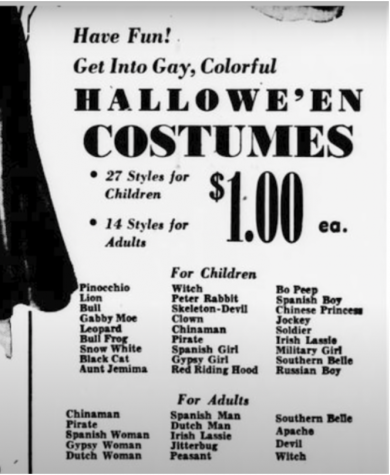
During the 1940s, due to wartime and wartime rations, Halloween was not at its peak. Many children of the 40s had Halloween costumes constructed from old clothes and trick-or-treating was curtailed because of sugar rationing. However, for women the popularity of costume pin-up photos led to a new idea of “sexy costumes”. Pin-up photos were huge in the 1940s, partially because of the big name Hollywood actresses who would model to promote their movies. Another reason is that the US Government employed pin-up as wartime propaganda, promoting the idea that these “beautiful all-American women were girls worth fighting for”. Of course, whatever is trendy in the media becomes trendy for the masses, so pin-up inspired Halloween costumes became very popular at this time.
The 1950s and 60s led to a rise of the middle class, so now that families had a larger income, they were able to afford television sets, and because of this, consumers’ interest in dressing up as TV characters increased. Cowboy and Western costumes were really popular in the 50s, because there were so many Western shows at the time. The 1950s, also, led to some more costume innovations such as the vacuum form latex mask. Thanks to this technology, we started seeing celebrity and politician masks. The 1960s was also a time of second wave feminism, so we started seeing more sexual costumes in line to match the times. In 1996 Julie Newmar made her debut as Cat Woman in the Batman TV Series, which inspired many other women to dawn Halloween catsuits.
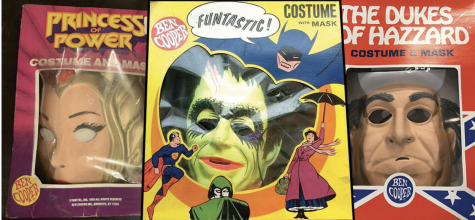
It wasn’t until the 1970s that risque costumes really took off. Halloween night at this time had the reputation of festive cross-dressing; this was the one night a year that gay and trans people could publicly express their true identity. In San Francisco there were laws in place that made it illegal to pose as a member of the opposite sex, which is why on Halloween people wore over the top drag.
There was an idea that if it was obvious you were wearing a costume, then you couldn’t be arrested for “legitimate attempts at identity fraud.” There were also festive parades happening all over the country that encouraged ostentatious or avant-garde costumes. One of the more popular ones was the New-York Greenwich Village Halloween parade that started in 1974. The parade began as a small community event organized by puppeteer and mask maker Ralph Lee. It wasn’t long before drag and other spectacular costumes really took the spotlight in the parade. This festive atmosphere combines with eh sex revolution and changing ideals of modesty and fashion led many more people to experiment with “sexy costuming.” Soon enough, bars clubs and adult entertainment venues started seeing profitability in hosting Halloween events and retailers saw the opportunity to capitalize on ready made sexual outfits. The 70s was definitely the time when Halloween became a celebration for adults once again.
Also during the 70s and 80s there was a new craze for grotesque costumes. The successful release of the movie Halloween, which came out in 1978, led to an increase in Halloween associated horror movies and sparked a whole genre of slash films. This inevitably led to October Horrorthons and also this new general interest in bloody graphic tones of Halloween. Compounded with the fact that there was a lot of public fear at the time, horror movies became a popular form of escapism. Public fear at the time included real-life horror stories from the Vietnam War and Halloween-associated fears such as widespread rumors that people were putting poison in the candy handed out for trick-or-treating. As a result we see a lot of grotesque costumes, even ones mimicking real world events. For example some masqueraders chose to dress up as tylenol bottles at the height of the contamination scare in 1982. And then in 1994 the most publicized costumes were the highly insensitive bloody O.J. and Nicole Simpson costumes. Denise Brown, Nicole Simpson’s sister, issued a public appeal to boycott the products that exploited the crime, but it was too late. This, unfortunately, led to a lot more cases of blackface as people bought costumes to resemble O.J. Simpson. Overall the late 20th century marked an increase in commercialization as the holiday nationalized and then globalized in the 80s Sears was one of the first department stores to host a Halloween section within their store called the Halloween SHop at Sears. Temporary Pop-Up Halloween Stores subsequently launched in the 1990s such as Halloween Express in 1990 and Spirit Halloween in 1999.
By the 21st century, Halloween had become the Second largest decorating retail holiday after Christmas and American companies even started to export their Halloween products to other countries for higher profit. Bringing us to contemporary times, Halloween costume conventions have not actually changed that much. We still wear scary costumes, and we still wear political costumes. We still wear sexy costumes. And we definitely still wear costumes based on Pop Culture and movies. Halloween has always been a reflection of our culture, the ability to dress up as anything you want allows people celebrating Halloween to use their bodies as canvases to display their likes, dislikes, and general thoughts and feelings. Having long shed its original religious pedigree, Halloween is an unofficial unregulated holiday, that has fostered creativity and experimentation among the masses.


